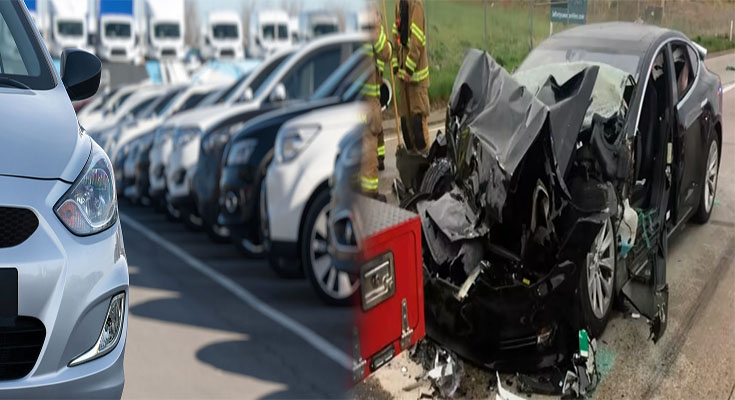If you’ve been watching the news recently, you’ve probably heard about the Vehicle Industry Bubble. It’s a scary situation that could eventually lead to a crash.
The car industry is experiencing a bubble due to a combination of factors. This includes a computer chip shortage, low inventory, high demand and a lack of incentives.
Definition
The Vehicle Industry Bubble is a condition that is caused by over-inflated prices for used cars. The condition is a result of increased gasoline prices and a weakened automotive market.
It is not a systemic risk, but it will be bad for lenders that largely finance people with poor credit or rely on used car values for loan approvals.
A vehicle manufacturer may offer incentive programs that encourage consumers to purchase a new vehicle, including cash rebates or low-cost financing and leases.
One major issue is that many consumers financed vehicles at highly inflated prices during the bubble. This is causing millions of consumers to owe thousands more on their auto loans than their cars are actually worth.
Causes
The Vehicle Industry Bubble was a period of time when many automotive suppliers, dealerships and a few manufacturers found themselves fighting for their survival. It was a cataclysmic experience that taught us all a lot about how to deal with adversity.
The primary cause of the bubble was a rise in the price of new cars. This happened due to a global semiconductor shortage that made it more difficult for automakers to produce vehicles.
In response to the shortage, automakers started reducing the number of features that rely on microchips in their cars. Dealerships also stocked more new cars to try and meet consumer demand.
Consequences
The Vehicle Industry Bubble has resulted in millions of consumers owing thousands of dollars more on their auto loans than the value of their vehicles. When the bubble bursts, these consumers will lose that money and their cars will be worth less than they paid for them.
This situation will cause many car dealers to lose significant profitability on the used- car side of the business. It can also have a negative impact on their stock prices.
It’s impossible to say how long it will take for this situation to turn around. However, it will likely be at least a few years before we see a normalization of the market. Until then, it will remain a challenge to keep the prices of new and used vehicles in check.
Potential Solutions
The Vehicle Industry Bubble is causing some serious headaches for everyone involved. From automakers to lenders, from borrowers to consumers.
One of the most troubling aspects of the bubble is its impact on used car prices. It’s possible that millions of Americans will owe more on their used cars than they’re worth, which is a nightmare for both lenders and buyers.
That could leave people struggling to pay their bills and unable to afford to buy new vehicles. It could even cause a recession, which would harm the entire economy.
But there are some potential solutions that might help.
The Future
Car ownership has created many advantages for consumers. For example, it allows them to cover large distances without having to use public transportation. It also allows them to have the ability to work and live in different locations.
Today, the Vehicle Industry is challenged by economic headwinds. Rising inflation, interest rates and gas prices are affecting the ability of people to purchase and finance a new or used vehicle.
The future of the automotive industry will be reshaped by several key trends. These trends will reshape how cars are designed, powered and driven.
One major trend is the move toward shared mobility and autonomous vehicles. These new business models could expand revenue pools by about 30 percent, creating $1.5 trillion of opportunity.

